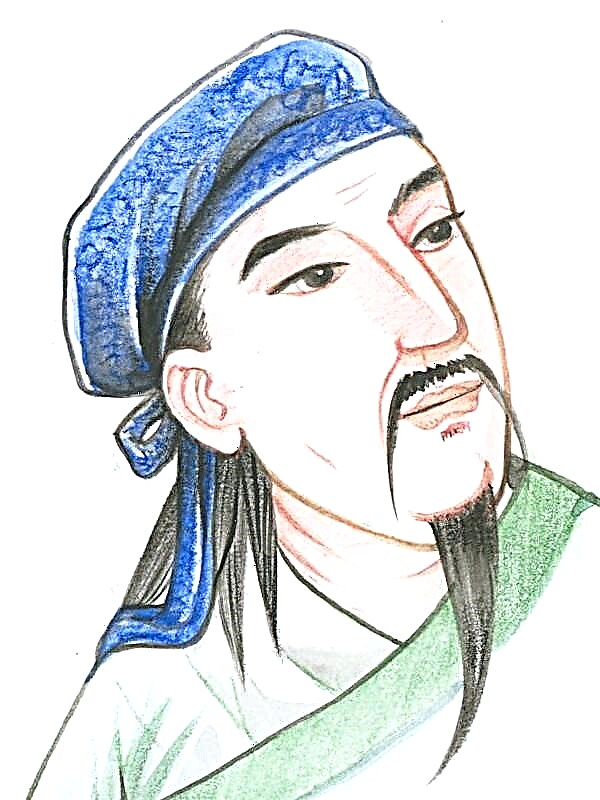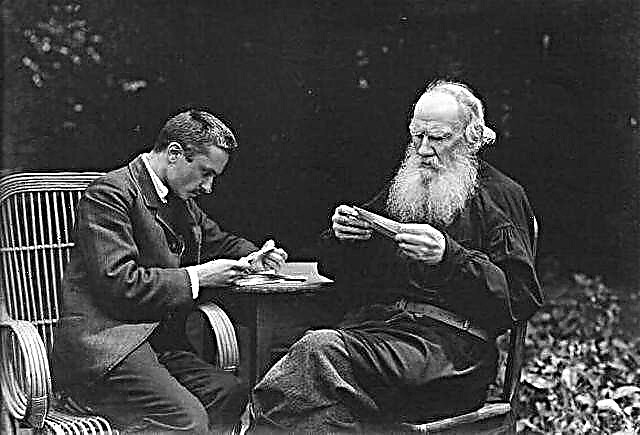Introduction
The first of the subtleties of the "Subtle Art of Pofigism" is a name that lures the reader with a hope for a fashionable chatter in the spirit of "spit on the problems and opinions of others, each of us is super cool, know yourself live and have fun." In the meantime, the reader will realize that it would be better to call this book “Learn to distinguish true values, get rid of glossy shit out of your head about your uniqueness and the right to enjoy life, accept responsibility, enjoy the lessons learned from failures and pain, and remember - a person is mortal” ( it’s possible in short, but it won’t become any tender) - he is already completely in the grip of Mark Manson, his gross directness, sincerity and life experience, and is eager to learn the “paradoxical way to live happily” promised in the subtitle.
The subtle art of nihilism is really very subtle - the author does not urge to spit on everything, but he strongly advises regularly reviewing those values and criteria, based on which we set goals, build relationships, consider ourselves losers or well done, and our own beliefs, because among them upon careful consideration there will be many stereotypes. The subtle art is to separate the genuine from the substitution, the right for me personally from the imposed “generally accepted”, pleasure from happiness.
A book written in the self-help genre, with the usual appeal to spiritual growth, inner values, overcoming fear, is a challenge to the modern world of consumption. The author manages to constantly confuse the reader with a combination of sublime thoughts and Texas crude speech and paradoxes that flourish in the place of seemingly obvious truths and make us really see the obvious.
In the traditional moral system, Manson’s principles are more than familiar: take responsibility for your life, be yourself, develop inner values. The author’s personal experience, which might have seemed unconvincing in a book where on every page they insist: “Everyone has their own values and their own experience, can’t be elevated to absolute,” turns out to be unexpectedly intelligible and useful to the reader, because Mark has the rare art of conveying not a total, but the process. He focuses not on how he ultimately succeeded, but on two or eight! - years, when he was in despair, reviewed his values, overcame himself.
This is the main idea of the book: the pursuit of happiness makes us unhappy; the meaning of life is a process, and not a result - a process of growth, revision of values, rejection of egocentrism. Growth occurs through pain, and this pain and even fear of death is a blessing.
1. The pursuit of happiness
Many troubles of the modern world stem from the bloated clause of the Declaration of Independence on the right to pursuit of happiness.First of all, this right has been turned into a duty, and everyone is obsessed with roving around — he must be successful, rich, famous, sexy — he must be more successful than others. Internal individual values are replaced by external goals.
A positive attitude prohibits us from recognizing our failures and troubles, which means that we cannot change anything in ourselves. The ego remains untouched in all its greatness and the right to universal attention. You just need to push so that everything is cooler, better, more than others.
A person who wonders whether it is worth ruining life for a career, a positive attitude tells you to look at yourself in the mirror, see a tough guy there and buy an expensive car.
Continued - on Smart Reading
Sign up for Smart Reading and get access to this and another 500 retelling non-fiction books. All retelling is voiced, you can download and listen to the background. The first 7 days of access are free.












